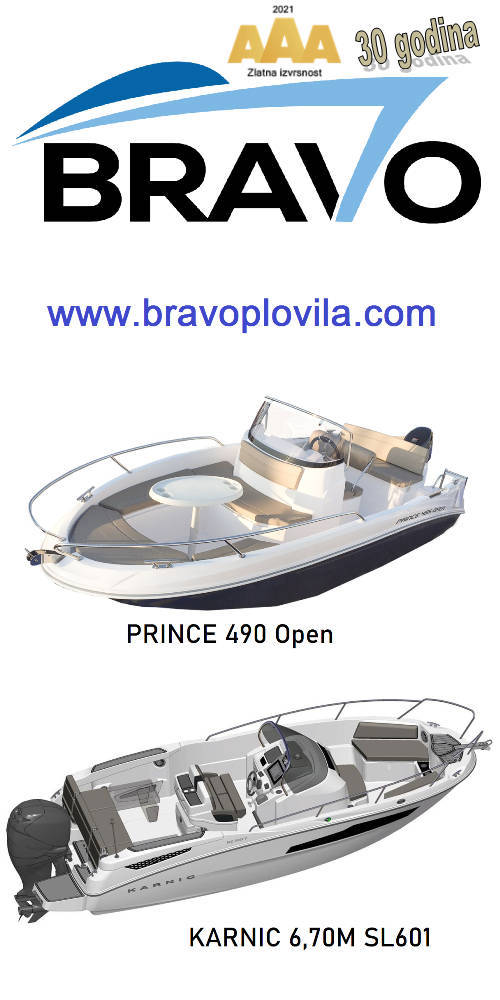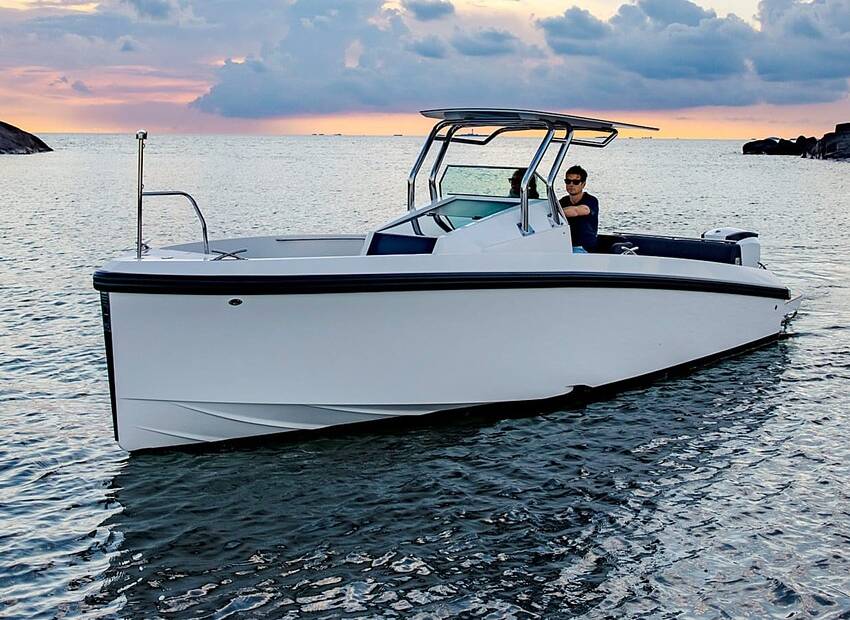Putting Thousands of BoatUS Insurance Claims Files Under a Microscope
It's a cross between the CSI and Cold Case TV show crime dramas: taking a look back through the thousands of dusty, old settled boat insurance claims files to identify patterns that can teach today's boaters how to avoid becoming a statistic. That's exactly what the BoatUS Marine Insurance publication, Seaworthy, did in the recent feature, "Top Ten BoatUS Marine Insurance Program Claims," which appears in the October 2013 issue.
"The last time BoatUS did such a detailed analysis was in 2005, and this kind of information is not available from anyone else in the industry," said Seaworthy Editor Beth Leonard, "The time seemed right to revisit our findings and share them with boaters so they can learn from other's mistakes." Here's the list of the top ten claims in terms of dollar value over the last eight years, along with some tips that could help prevent becoming a statistic, or if you're simply unlucky, lessen the damage:
#10. Lightning: Make sure to haul out your boat after a lightning strike to check for "exit wounds" that can compromise the hull's integrity.
#9. Theft: 90% of boats are stolen on their trailers. Make it as difficult as possible to simply hitch up and run.
#8. Injury: Many injury claims involve inexperienced guests. Be sure to warn your non-boating friends about wakes, waves, slippery surfaces, and other hazards.
#7. Grounding: Accurate charts - whether paper, electronic, or on a mobile device - and a depth sounder are your best defense against grounding.
#6. Collision: Most collisions result from some combination of three factors: inattention, blind spots, and too much speed.
#5. Fire/explosion: Faulty wiring causes most fires; most explosions result from fueling issues.
#4. Striking a submerged object: If you hear a loud clunk from down under, stop and look in the bilge, and, if you find any water coming in, haul out the boat to check for structural damage as soon as possible.
#3. Weather/wind: Keeping your boat in a well-protected location away from trees is the best way to protect it from non-hurricane weather damage.
#2. Sinking: Check, squeeze, and tug all fittings below the waterline at least once a season to make sure your boat stays afloat.
#1. Hurricane: A well thought out hurricane plan can keep your boat safe in all but the most extreme storms (see www.BoatUS.com/hurricanes).
Go to http://www.boatus.com/seaworthy/magazine/2013/october/top-ten-claims.asp for the full story.






















